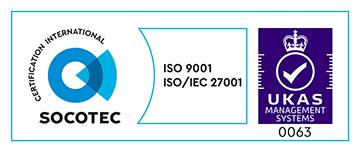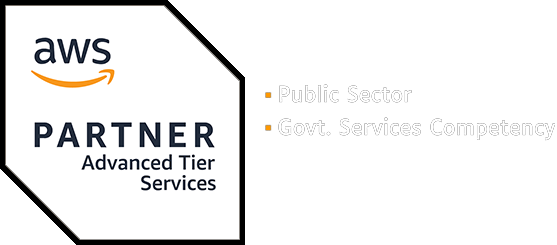Every organisation considering digital transformation (or even just a new technology project) worries about access to skills.
Bringing change needs understanding of new tools and technologies. They can be learned, if you have the time. Significant change usually also requires new working practices, new ways of organising teams and new relationships with your users and the rest of your organisation.
You’ll get moving faster if you can draw on hands-on experience of different ways of working, and bring to bear perspectives not constrained by organisational silos and ingrained practices.
Bootstrapping skills
I’ve spent the last six years working in government, helping to found the Government Digital Service and embed a more digital way of thinking across the civil service.
During that time I developed huge respect for many of the long term civil servants who brought deep domain knowledge and a commitment to public service, but was also regularly confronted with structures and practices not set up for digital ways of working.
Changes to those structures and practices always start with people experiencing a different way. It’s encouraging to see people quickly picking up new skills and adapting to new ways of working. We saw dramatic results when we were able to bring together blended, inquisitive teams: existing staff who understood the organisation, alongside experienced agile practitioners who would challenge the status quo.
Everyone has their own way of learning, but everyone needs to try out new approaches in a supportive environment delivering real value. That’s one of the reasons it’s so important to find good partners who will come in, understand what you value, challenge your preconceptions and deliver alongside you.
Changing the environment
Effective ownership of products and services requires teams that are in it for the long-haul. However much training and collaboration you do, you’re very likely to also need to hire in some staff who can bring some deep specialisms. For organisations who have relied on off the shelf products or outsourcing approaches to technology, that usually means hiring technical architects, operations engineers and developers (and commonly this is also the time when user research, delivery management, design and other skills are also introduced).
The new styles of teams that result thrive in highly collaborative environments. There’s a lot of communication. Teams need physical space and digital tools that can facilitate that and which they can make their own. They probably need to be able to install and trial open source or free software, and probably won’t be able to work with the heavily locked-down IT common in many corporate environments.
Starting to shift your environment to be more accommodating takes time and needs to be done iteratively as you work out what needs to change. It should be based on specific user needs and challenges, and shouldn’t be done speculatively. As you grow your own team it’s their needs you should focus on, but a good partner that’s experienced a variety of environments can help get you started on the journey.
Deepening the supply chain
During my time in government we were fortunate to be able to draw on some fantastic freelancers and a handful of forward-thinking suppliers, but it was always clear that there weren’t enough to go round.
Now that I’ve left the civil service I’m really keen to continue to do what I can to address that: supporting work that builds up the skills that are needed for new services and deepening the supply chain so there are more options of where to find them.
That’s part of why I’m pleased to be working with Made Tech. Their commitment to partnering with and strengthening their clients is exactly what so many organisations need, and even in the few months I’ve been working with them I’ve seen them learning and adapting as they find new ways to help a wider range of clients.
About the Author
Previously Co-Founder of Government Digital Service & Deputy CTO, UK Government.




